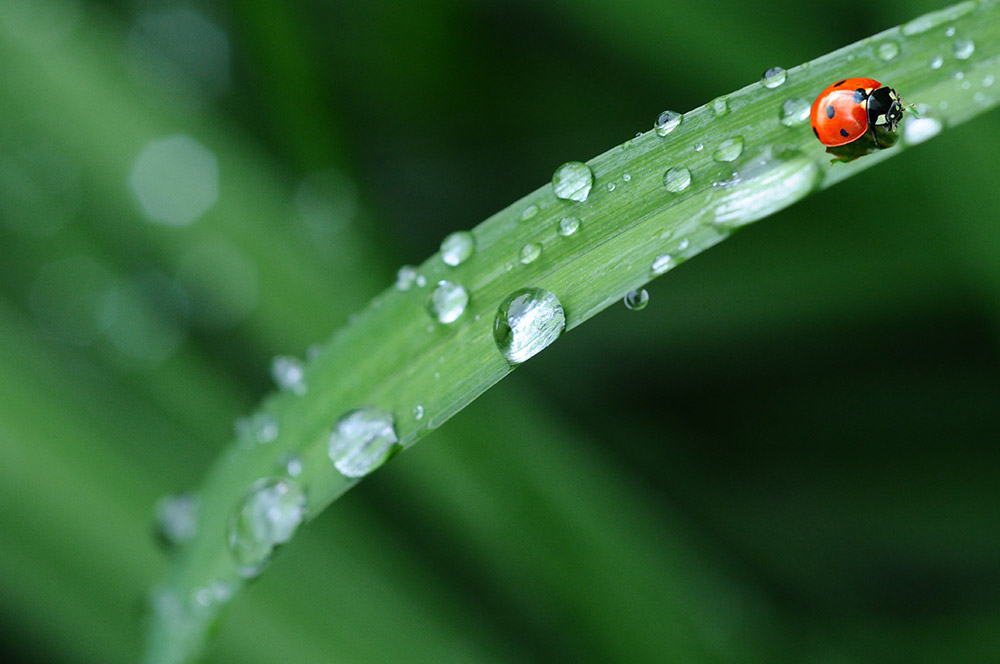
Changes in season, new growth, and tiny things — inanimate or alive — all get photographers thinking about macro and close-up work. In this article, I want to share with you three tools that can absolutely make your macro and close-up photography easier, and more successful.
Focus Rail
Most folks understand that as we get closer to our subjects and magnification increases, that our natural body movements create blur because of camera shake, so we know to use a tripod. However, as we get closer, the amount of depth of focus diminishes greatly and precise focus becomes more difficult. Indeed, autofocus may not be optimal at this point. No problem! Switch to manual focus and use your LCD to do your focusing. The LCD will offer you a zoom in capability that your viewfinder (if you have one) may not. Even then, you may not find that you have enough close tolerance in your manual focus to get what you want because of delays in focus by wire (electronic focus rather than mechanical gearing).
Figure 1: Cameron Mag Slider Macro Rail
To resolve this and provide you with the solution to pinpoint correct focus comes the focus rail. Honestly, it’s really hard to get optimal macro focus without one of these. Finally, there is a really good one that is not crazy expensive; the Cameron Mag Slider Macro Rail.
It mounts to your tripod and provides micro geared rails that move independently in two directions to allow for precise composition and focus. There’s no shaking, no “bob and weave” button stabbing, and the result is better images, more consistently and quicker. The precise scale also assists significantly if you embark on the more challenging practice of focus stacking. I’ve tested the unit myself and am very pleased at the high quality at a very low price.
Extension Tubes
While extension tubes were initially designed to increase the distance between the rear element and the focal plane when used with macro lenses for increased magnification, they can really work with most lenses to allow them to focus closer than they can natively.
Figure 2: Kenko Extension Tube Set
A good extension tube is made of metal and has very strong lens and body mounts. It also has all the electronic contacts needed to control the lens aperture open and closed as well as focus signalling. I am sad to say that there are a lot of tubes on the market that are complete junk, so I am going to make some very specific recommendations. You can always use extension tubes from the maker of your camera. They will cost a bit more, but will work correctly all the time and not have the tendency to not mount the lens properly that I have seen some of the cheap clones do. If you shoot Fujifilm interchangeable lens cameras, your best value at time of writing are the tubes from Fujifilm.
If you shoot Canon, Nikon, Sony E/FE or Micro Four Thirds, the third-party tubes from Kenko are what I would recommend. They have all the qualifications I specified and unlike most other third-party tubes are built well and mount lenses properly. I have used Kenko tubes for years on Canons and Nikons with great success and no issues at all.
Extension tubes have no glass, so they have no negative impact on image quality, providing that they are built well and are properly lined to prevent internal reflections. This is another factor in which cheap tubes will let you down. Tubes come in various lengths to change the distance between the lens and the focal plane. The longer the tube, the greater the change in magnification, but also the greater the reduction in depth of field, which can make focusing more difficult. Remember the focus rail? It really makes a difference when you are using extension tubes. Tubes can be used individually or stacked for more magnification and closer work.
Extension tubes are typically not a high demand item, so these special-order items would need a little more time to arrive after placing an order at your local Henry’s store or online at Henrys.com.
Please don’t be fooled by cheap imitations. They will cause frustration and you may just give up completely. Go with the OEM or Kenko tubes and you will be much happier.
Wired Remote Release
It probably sounds a bit silly that something so inexpensive and simple can make such a huge difference in your macro and close-up photography, but a simple cable release can be the difference between sharp and blurry.
Since you typically need very small apertures to maximize the very small depth of field, you will incur longer shutter speeds if you do not bring your own light for the subject. As a teacher of macro and close-up, I advocate strongly to bringing your own light, so that you can control it.
Regardless of your approach, you do not want to touch the camera at any point in the exposure. Some folks like to use a self-timer, and it works, but you lose immediacy, particularly when your close-up or macro shot involves a live critter that cares not at all about how long your self-timer will take to fire the camera.
This is where a simple wired remote is your image-making tool. There are no batteries to die, no radios to fight with and no need to be 100m away from your camera. You simply plug the cable into the electronic release port on your camera and when you are ready, push the button on the remote release. The shutter release is instantaneous but there is no camera shake because nothing is touching the camera.
Figure 3: Henry’s Essentials Wired Remote Release
You can get a remote cable release specific to your camera brand. They are not crazy expensive, and since they are basic devices, I use the Henry’s Essentials line-up; at around $30 CAD typically, they are hard to beat. Just check what type of release port your camera has and get the proper release. I have learned through testing that while some ports are proprietary, such as the one pictured for the Canon 1D and 5D family of cameras, or Nikon D5 and D8xx bodies, many just use a standard 3/32″ (2.5mm) mini stereo connection. This is what Canon uses on their Rebel line and that wired remote release also works on every other camera that uses that style of release. I’ve used mine to fire my Hasselblad and in a recent macro seminar, to fire the Fujifilm X-H1 and the Fujifilm GFX 50S medium format camera. You can search for Essentials DSLR remote on henrys.com, or, if you’re at one of our store locations, a Henry’s associate will be able to help you find the best option for your camera. If your camera has a 3/32″ (2.5mm) remote port, be sure to try the Essentials release with that plug, as it will very likely do the job.
Conclusions
By adding these simple tools to your gear bag, you will significantly improve the ease and the success of your close-up and macro photography. All are less expensive than a single macro lens and all are usable if you do not even own a macro lens. If you bought a 50mm lens and find that the look really does nothing for you, try mounting that lens on a set of extension tubes and open up new options for yourself.
If you have questions about this or any other subject, please leave a comment below.
Until next time, peace.

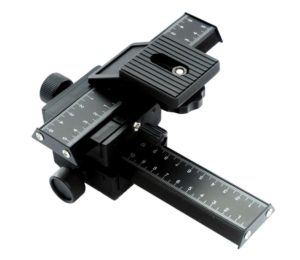
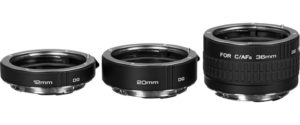
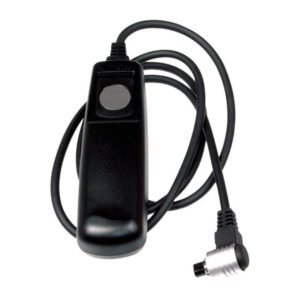

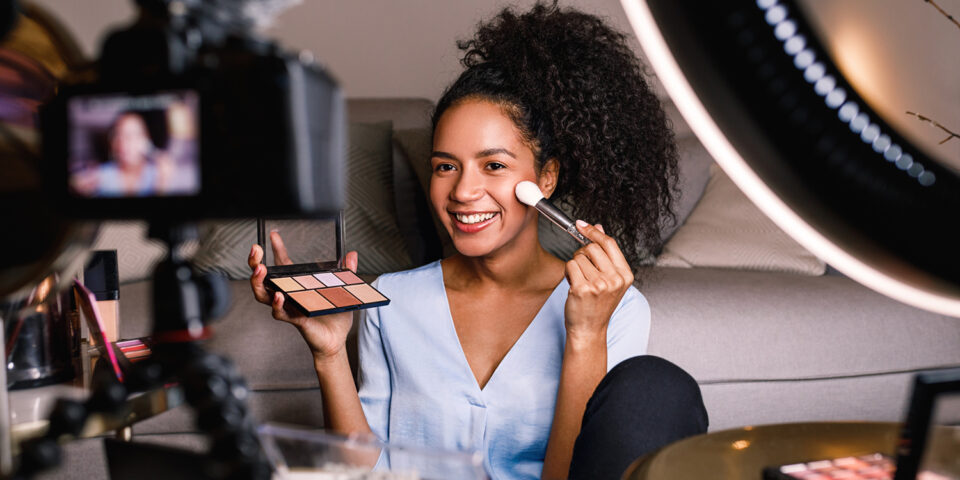
COMMENT (1)
Pingback: Versatility – The Mid Focal Length Macro Lens | Photography and video news, reviews and tips | Henry's Camera